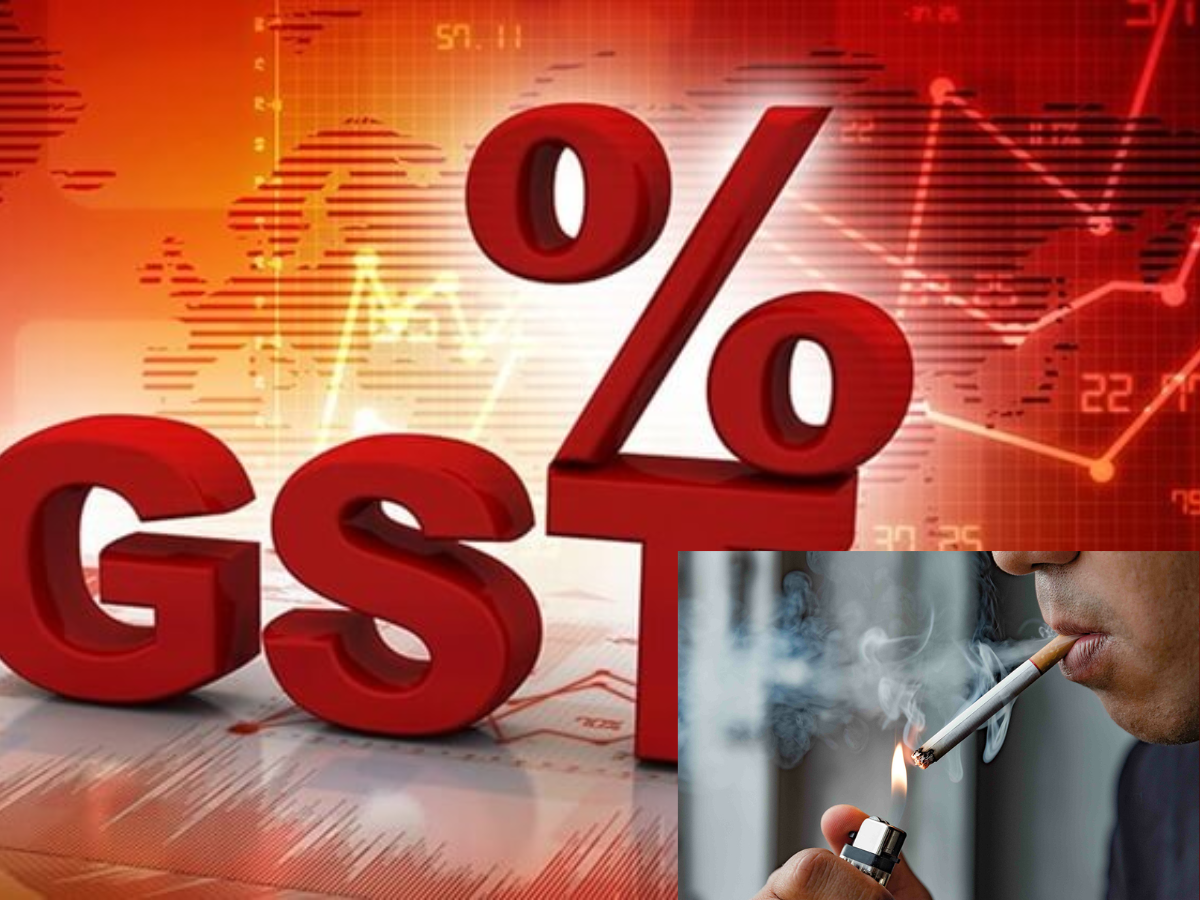Introduction to GST Council Meeting
The 56th GST Council meeting, chaired by Finance Minister Nirmala Sitharaman, was held in New Delhi on September 3 and 4. The meeting focused on GST rate rationalization, aiming to simplify India’s indirect tax system. Key proposals included removing the 12% and 28% slabs and introducing new rates of 18% and 5%, with a 40% slab on sin goods.
GST Rate Rationalization
The revised GST structure includes new rates of 18% and 5%, with a 40% slab on sin goods. Officials discussed lowering tax burdens on essential goods while keeping high rates on harmful and luxury items. The meeting marked an important step in simplifying India’s indirect tax system. As part of the rationalization, sin goods and luxury items will be placed under the 40% GST slab.
GST Council Introduces 40% Slab for Sin Goods
Tobacco, gutka, pan masala, chewing tobacco, cigarettes, cigars, and nicotine substitutes will attract the 40% GST rate, along with a cess up to 96% in some cases. Sugar-sweetened drinks, such as carbonated and caffeinated beverages, will move from 28% to 40%, with an additional 12% cess on certain items. The Council also applied the 40% slab to lottery, casinos, and online gaming. Luxury vehicles like SUVs above 1,500cc engines and long vehicles will fall into the same bracket, along with a 22% compensation cess.
GST on Automobiles and Parts Fixed at 18%
The GST Council finalized an 18% slab for small cars, motorcycles up to 350cc, three-wheelers, buses, trucks, and ambulances. Auto parts across categories will also fall under this rate. The decision brings uniformity across the automobile sector, replacing earlier slab differences. Large electronic appliances, including some previously taxed at 28%, will now attract 18%. The move aims to provide relief to buyers of smaller vehicles while keeping luxury vehicles in the 40% category.
GST Reduced to 5% on Fibres and Renewable Energy
The Council lowered GST to 5% on several key products, including man-made fibre, yarn, fertiliser inputs, and renewable energy devices such as solar, wind, and biogas equipment. The reduction will encourage growth in agriculture and clean energy sectors. The decision also aims to support India’s renewable energy targets. Fertiliser inputs under the 5% slab are expected to benefit farmers, while lower GST on yarn will aid the textile industry.
GST on Insurance Policies Reduced to Nil
The Council exempted all life and health insurance policies from GST, including term insurance, unit-linked insurance plans (ULIP), endowment policies, family health cover, and senior citizen plans. Reinsurance policies also moved to the nil tax category. The move will directly reduce premium costs for policyholders. The Council said this decision would benefit families, senior citizens, and individuals seeking medical and life protection.
Processed Foods and Gambling Face Higher Tax Rates
The GST Council considered health and lifestyle-related products while revising slabs. Processed junk foods with high salt, sugar, or trans fat content moved into the 40% category. Items such as packaged snacks and fast food will now face higher levies. Gambling, betting, and gaming activities will also remain under strict taxation, attracting the 40% slab. Officials said these measures would act as both revenue sources and control mechanisms for harmful consumption.
Conclusion
The 56th GST Council meeting marked a significant step in simplifying India’s indirect tax system. The introduction of new GST rates, including 18% and 5%, and the 40% slab on sin goods, aims to provide relief to buyers of essential goods while keeping luxury items highly taxed. The exemption of GST on life and health insurance policies will benefit citizens, while the higher tax rates on processed foods and gambling activities will promote public health and revenue generation. The Council’s decisions will have a significant impact on various sectors, including automobiles, textiles, and renewable energy, and will contribute to India’s economic growth and development.



